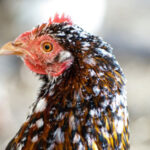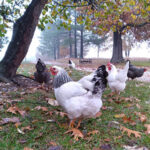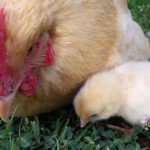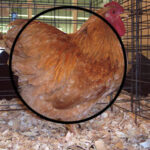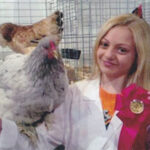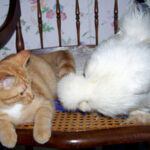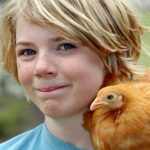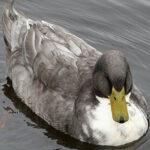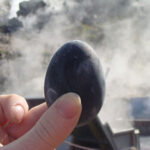
A mistake people often make when they buy or build their first chicken coop is making the coop too small. Nearly everyone says they wish they had a bigger coop. Here are nine reasons you may need a bigger chicken coop: Chicks Grow Fluffy little chicks are incredibly cute. But they grow really fast. As […]
Continue Reading
